After winter, predicting what happens to garden plants is as tricky as predicting the weather or the economy
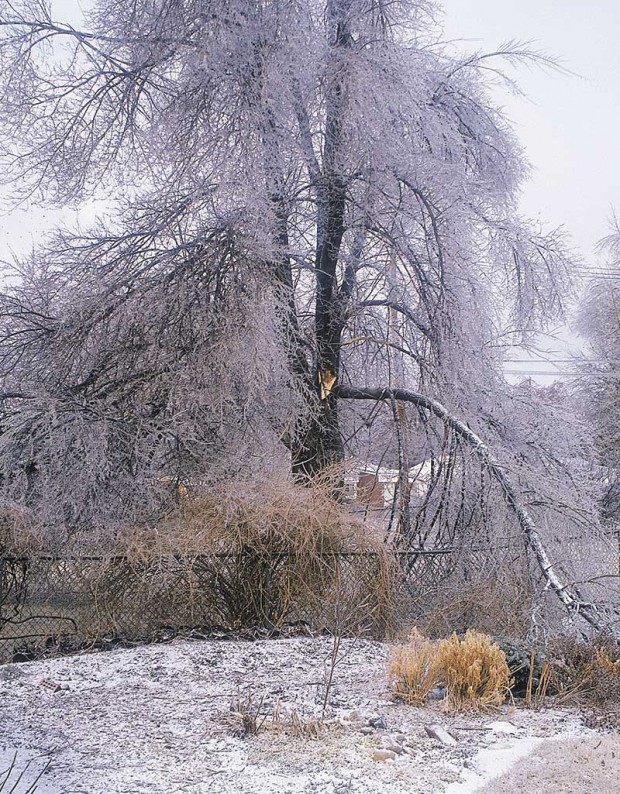
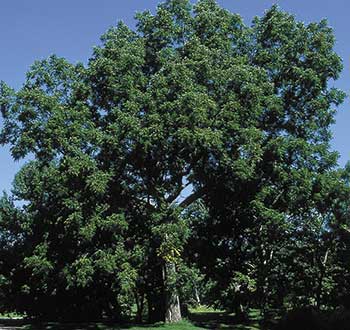
This past winter was odd, weather-wise. That’s not surprising, since few seasons ever match all the averages. At winter’s end the standard greeting between two gardeners is “Hello! Weird winter, huh? What do you suppose all that (fill in weather feature here) will mean to the garden this year?”
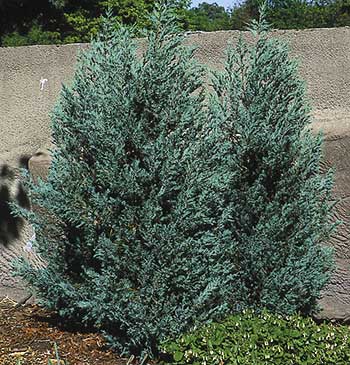
Have fun soliciting and making predictions but treat it as what it is, a game. Use it to pass the time until spring arrives with the real answers. Don’t take any prediction too seriously, no matter the source.
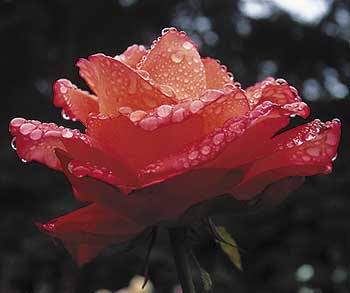
That goes for the pictorial prognostications that accompany this story. Don’t fret over any of them, just consider them as the possibilities they are.
My goal here is to convince you that it’s not possible to make an accurate forecast of what effect a particular stretch of weather will have on a given garden. It’s far better, and more fun, to match plants and sites, then see what happens as millions of years of genetic development goes head to head with all the vagaries of the rest of the natural world.
If you want to explore this position, start by comparing garden forecasting with two disciplines that rely on prediction: meteorology and economics.
First, there’s meteorology, a science that even the most critical person admits has improved over the past 40 years in its ability to predict tomorrow’s weather. To make predictions, forecasters use precise data collected from thousands of weather stations across and above the world. These numbers are transmitted instantaneously to central reporting offices where all the factors that influence the speed, direction, temperature and humidity of air currents, plus the atmosphere’s current vital signs, are fed into sophisticated computers. There they churn as hundreds or thousands of equations whose answers are compared to known history and probability, then displayed as predicted future air pressure, wind speed, cloud development, etc.
This system for analyzing the atmosphere had its beginnings in prehistory when the first farmer or sailor squinted into the wind and tried to recall when he or she had seen a sky quite like that and what had followed in that sky’s wake. By 2,000 years ago, these forecasters had help from weather vanes and rain gauges, but it wasn’t until the mid-1600s that they understood the need to measure air pressure, humidity and temperature and invented the barometer, hygrometer and thermometer. Thus today’s computers have no more than 350 years of data to work with. For many New World areas the records cover less than 100 years.
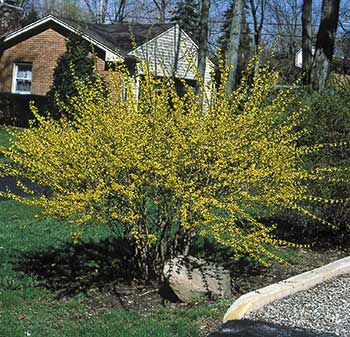
With simple math (at least I’m told it’s simple!) one can look at the number of variables, the amount of historical data on hand, the possible combinations of variables and locations for which we desire weather forecasts and see that we just haven’t been at this game long enough to know all the possible answers.
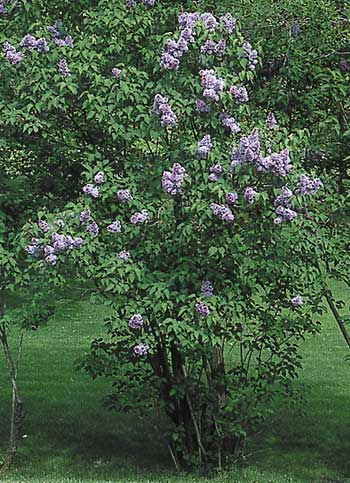
Another place where accurate forecasts would be gold—literally—is the field of economics. It’s a science barely 300 years old and which only took on its current form about 70 years ago. It’s so new that we really don’t expect reliable predictions and accept widely varying interpretations of the same “leading indicators.” Economists are still debating how much influence each accepted variable has on overall economic growth and recession, and theories are still being advanced and tested that would change the variables themselves.
So there you have it, two areas where there is a pressing need for accurate forecasting. In one, we’ve strived for thousands of years yet we’re still only close in our predictions. In the other, although the search for reliable forecasts is fueled by the weight of all the world’s money and we have hair-splittingly accurate accounts of every conceivable factor for 70 years, experts still can’t agree that we’re even looking at the right numbers.

The basic natural factors that affect an individual plant’s performance are at least as complex as those that influence the weather. And because people are the ones who plant, prod and rate the plants whose futures we’d like to predict, human actions have to be taken into account, too.
Just to start building a history on which garden predictions might someday be based, we would need complete meteorological records for the garden area plus accurate daily measurements and seasonal averages of soil density, temperature, moisture levels, available nutrients and resident pathogens. Also important would be an objective evaluation of the relationship—beneficial or antagonistic—between each pair of plants so we could weight a plant’s possible response to adverse conditions for whether it was being assisted or debilitated by its neighbors. Of course we’d need reports on all human, animal or insect activity in the vicinity and detailed descriptions of the plants themselves, including their ages and past “medical” history.
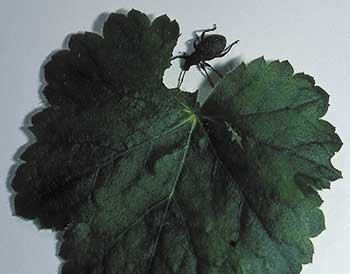
Meteorologists turn to the National Weather Service for reports. Economists tap the National Bureau of Economic Research for essential statistics. Pressing need and the importance of money fuel these data-gathering efforts. There’s no big pay-off in collecting garden stats. So don’t hold your breath waiting for the Garden Prognostication Agency to appear.
Do keep doing your best to match each plant you grow to a site that provides the conditions it would have had in its native setting. Embedded in every well-sited plant is the ability to survive just about everything that Nature can throw at it. Grow it in the right amount of light and in the type of soil that species evolved to exploit. Water it as if you are the gentlest rains of that plant’s homeland. That plant will not only light up your life in a “normal” year but provide you with something to crow about in the bad times.
Article by Janet Macunovich and photos by Steven Nikkila, www.gardenatoz.com.

Leave a Reply